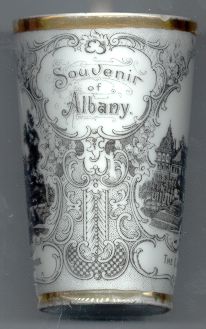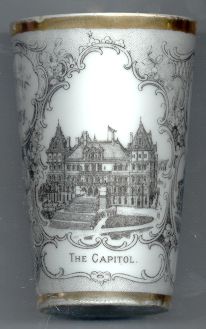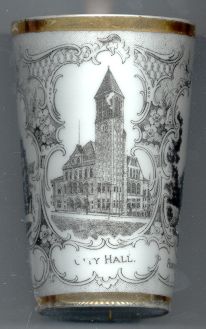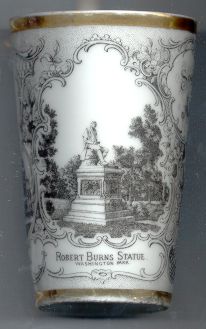

|
| UNITED STATES OF AMERICA | |
| NEW YORK | |
| Albany County |

|
Albany is situated at an elevation of 68 ft (20 m) on the Hudson river slightly south
of the Mohawk and Hudson rivers. Albany is the capital of the state of New York in the United States of America.
It is also the county seat of Albany County. As of the 2000 census, it had a population of 95,658.
Albany was one of the earlier permanent settlements in the 13 original American colonies. Its colonial history began when Englishman Henry Hudson, exploring for the Dutch East India Company on the ship Halve Maen (Half Moon), reached the area in 1609. In 1624 Fort Orange, the first permanent settlement in the New Netherland colony, was established in the area. The original native settlement at at this place was called Penpotawotnot. Nearby areas were incorporated as the village of Beverwyck in 1652. When the land was taken by the British in 1664, the name was changed to Albany, in honor of the Duke of York and Albany, who later became James II of England and VII of Scotland. Albany received a charter as a city in 1686. In 1754, representatives of seven of the British North American Colonies met in the Albany Congress. Benjamin Franklin of Philadelphia presented the Albany Plan of Union, the first formal proposal to unite the colonies. Although it was never adopted by Parliament, it was an important precursor to the U.S. Constitution. In 1797 the state capital of New York was moved from Kingston to Albany, about 50 miles north.
|
The Unlike many state capitol buildings which are inspired by Classical architecture, the New York capitol building takes its inspiration from the Hôtel de Ville in Paris. Four hundred feet long and three hundred feet wide, the Capitol has five stories with a full basement and attic. It is constructed principally of gray granite and has walls over sixteen feet thick at the foundation. With the change in architects, the exterior design became a "battle of styles", in which Italian Renaissance, Romanesque and French Renaissance were blended. [Other Capitol buildings depicted on items of this collection are the United States Capitol in Washington, DC, the Colorado State Capitol in Denver, CO, the Massachusetts State Capitol and the Old State House in Boston, MA, and the Indiana Statehouse in Indianapolis, IN.]


|
The The tower contains a 49-bell carillon—the first municipal carillon in the United States—installed in 1927 as a tribute to soldiers who served in World War I. Collectively weighing 27 tons (the largest bell alone weighs 11,000 pounds), the bells are regularly played at noontime on Tuesdays and Wednesdays, and on Sunday afternoons during the summer.
|
The

|
[Texts adapted from http://en.wikipedia.org/wiki/Albany,_New_York, http://www.albany.org, http://www.hudsonrivervalley.com/, http://www.bluffton.edu/~sullivanm/albanyrich/albanyrich.html, http://assembly.state.ny.us/Tour/, http://www.parsonage.net/2005agm/about_albany.html] | ||||||
![[scale]](lineal.jpg)